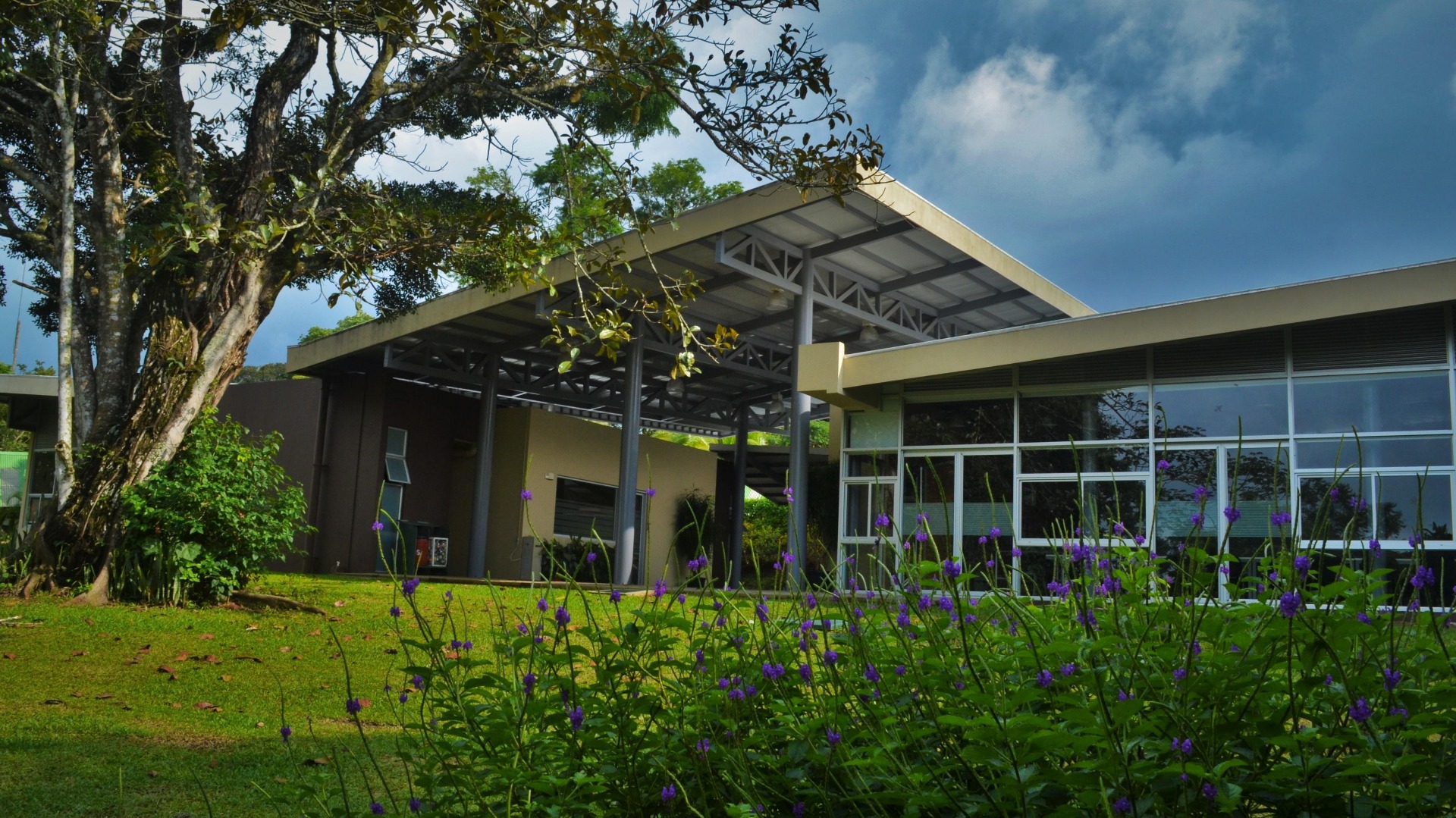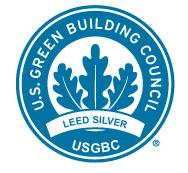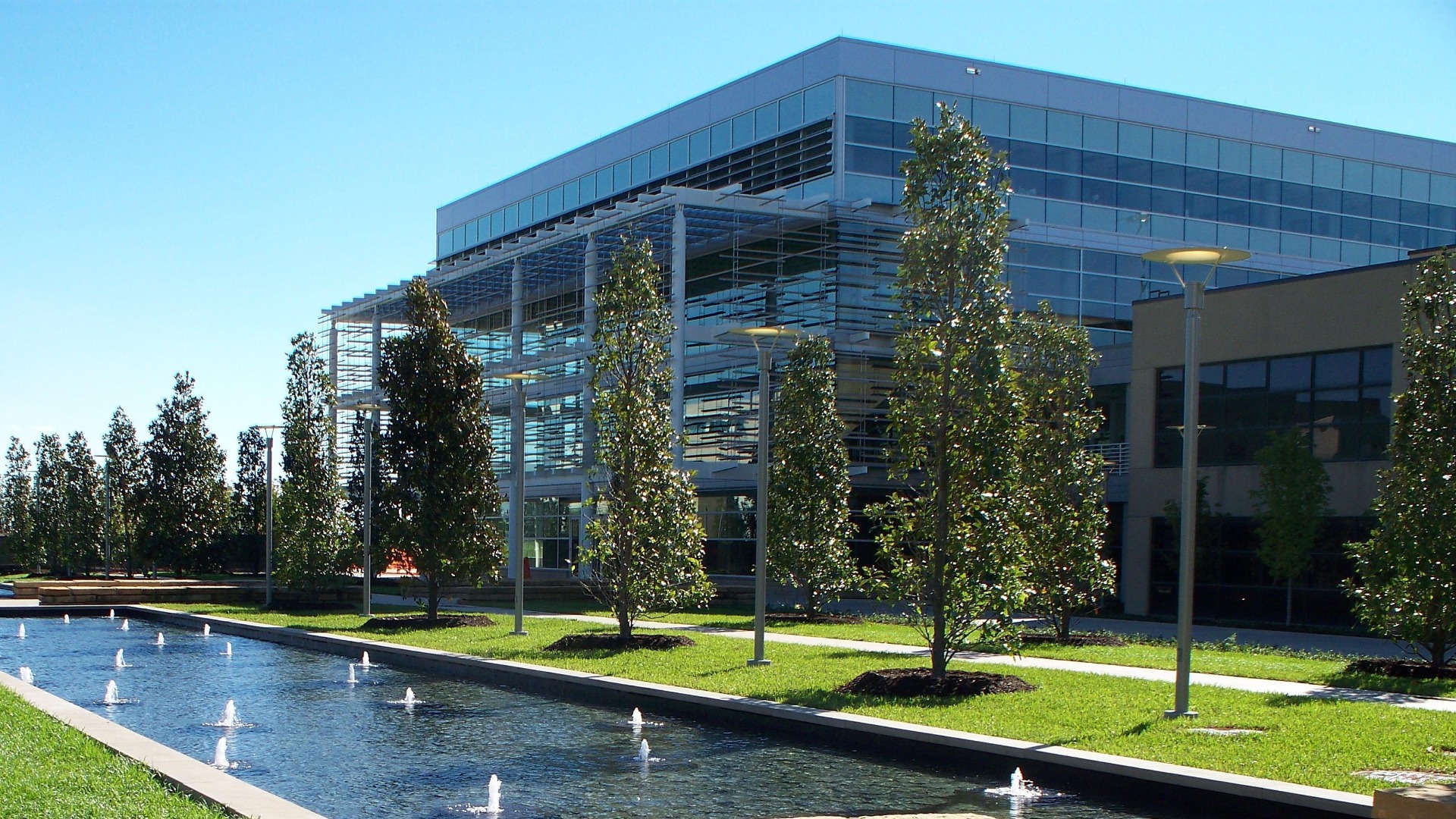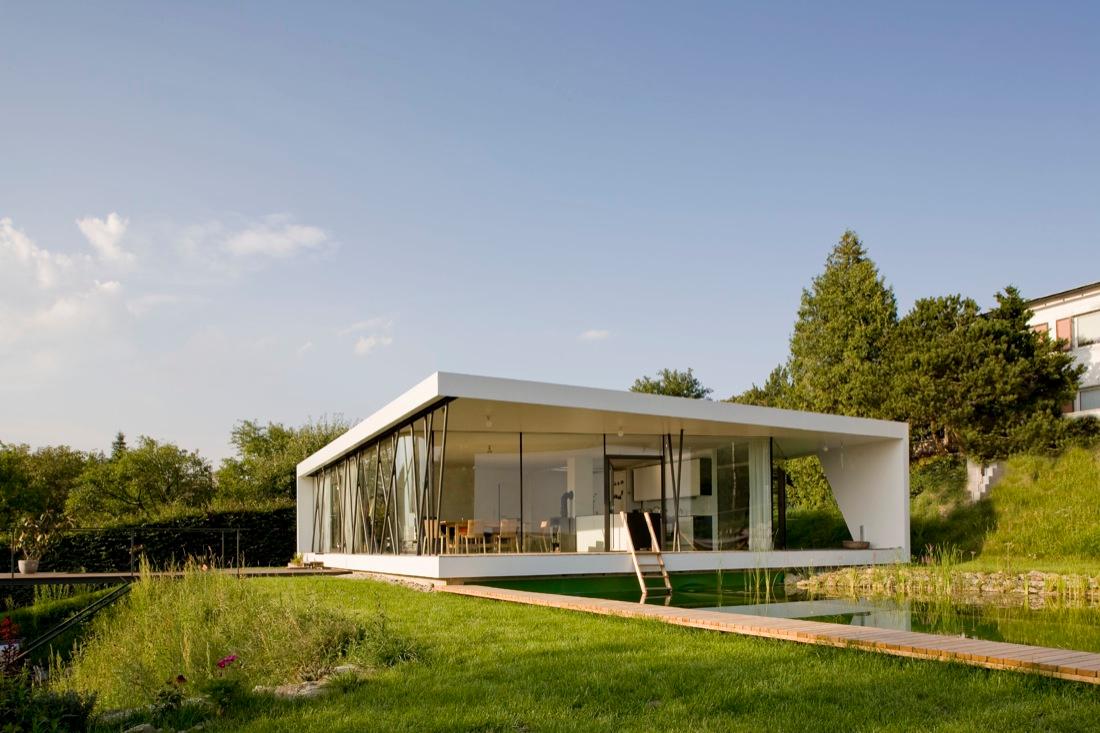LEED
Certification
LEED certification is an internationally recognized system that verifies, through the review by an independent entity, that the building has been designed using strategies aimed at improving energy efficiency, the efficiency of water, the reduction of CO2 emissions, improving the quality of the indoor environment, the sustainable use of resources and awareness to produced environmental impact
LEED is the international standard of excellence in green building, with more than 90.800 projects LEED in 165 countries
Sustainability
Developed by the U.S. Green Building Council (USGBC), LEED provides concrete measures of sustainability to owners and users to apply in the design, construction and maintenance of buildings. Of all certification for sustainable construction systems, LEED Certification has the greater global impact outside the residential area.
Certification Types

LEED BD+C
Buildings of new construction and major reforms

LEED ID+C
Interior design and leased spaces

LEED HOMES
Single-family or multi-family housing up to three heights

LEED NEIGHBORHOOD
Urban development with residential, non-residential applications or mixed
Levels of Certification

Platinum
80-110 points

Gold
60-79 points

Silver
50-59 oints

Certified
40-49 points
Certified buildings for LEED are efficient in terms of resources. They use less water and energy and reduce greenhouse gas emissions. As an added benefit, save money
LEED Certification also provide the following benefits to the project :
- Asset value: Increases the market value of the building.
- For rent: Greater fidelity of the
tenants. Longer rental periods.
- Risk mitigation: The regulatory risks have become more and more evident
in countries and cities around the world, including mandatory disclosure of
consumptions, building codes and laws that prohibit inefficient buildings.
- Operating costs: Sustainable buildings have demonstrated that they save
money to owners and users through reduced consumption of energy and water, as
well as lower maintenance costs and long-term operation.
- Health and labor productivity: Increased productivity and decreased
absenteeism and employee turnover.
- Corporate image: Improvement of the corporate image, constituting a powerful marketing resource.





